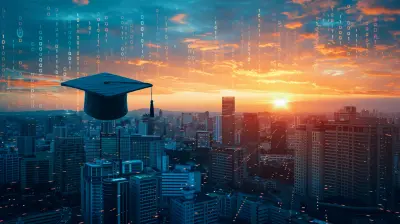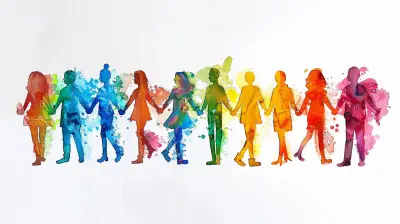The Intersection of Art and Science: Encouraging Cross-Disciplinary Creativity
12 July 2025
When you think of art and science, they might seem like complete opposites. One's all about creativity, emotions, and expression, while the other focuses on logic, formulas, and facts. But what if I told you that these two fields are more connected than we often realize?
Artists and scientists are both driven by curiosity, imagination, and experimentation. History is filled with examples of incredible minds who blended both disciplines to create groundbreaking work. So, why aren't we encouraging more collaboration between these two fields today? Let's dive into the fascinating intersection of art and science and understand how cross-disciplinary creativity can lead to remarkable innovations.
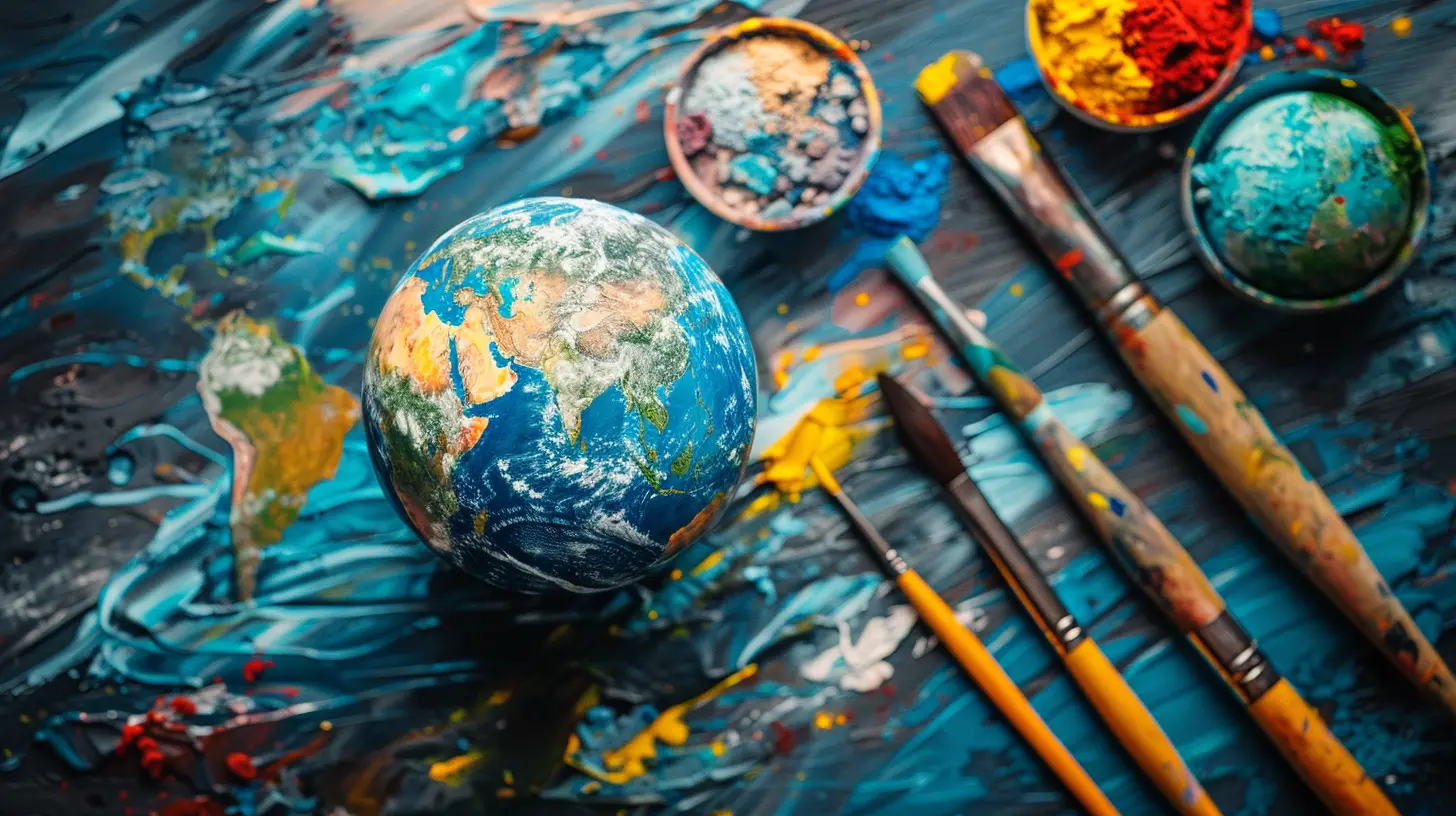
The Age-Old Connection Between Art and Science
Believe it or not, art and science have been intertwined for centuries. Some of the greatest minds in human history refused to separate them.Leonardo da Vinci: The Ultimate Polymath
One of the best examples of an artist-scientist is Leonardo da Vinci. He wasn't just an incredible painter (hello, Mona Lisa!), but also a brilliant anatomist, engineer, and inventor. His famous notebooks are filled with detailed sketches of human anatomy, flying machines, and even early designs for tanks and helicopters.Da Vinci understood that scientific observation helped improve artistic realism, while his creative thinking led to innovative scientific discoveries. Would the Renaissance have been the same without his fusion of art and science? Probably not.
The Golden Age of Scientific Illustration
Before photography existed, scientists relied on artists to illustrate their discoveries. From detailed drawings of plants and animals to meticulously crafted medical sketches, art played a critical role in communicating scientific knowledge.Take Maria Sibylla Merian, for example. She was both a scientist and an artist, painting intricate depictions of insects and their life cycles. Her work provided valuable insights into entomology long before modern biology confirmed her observations.
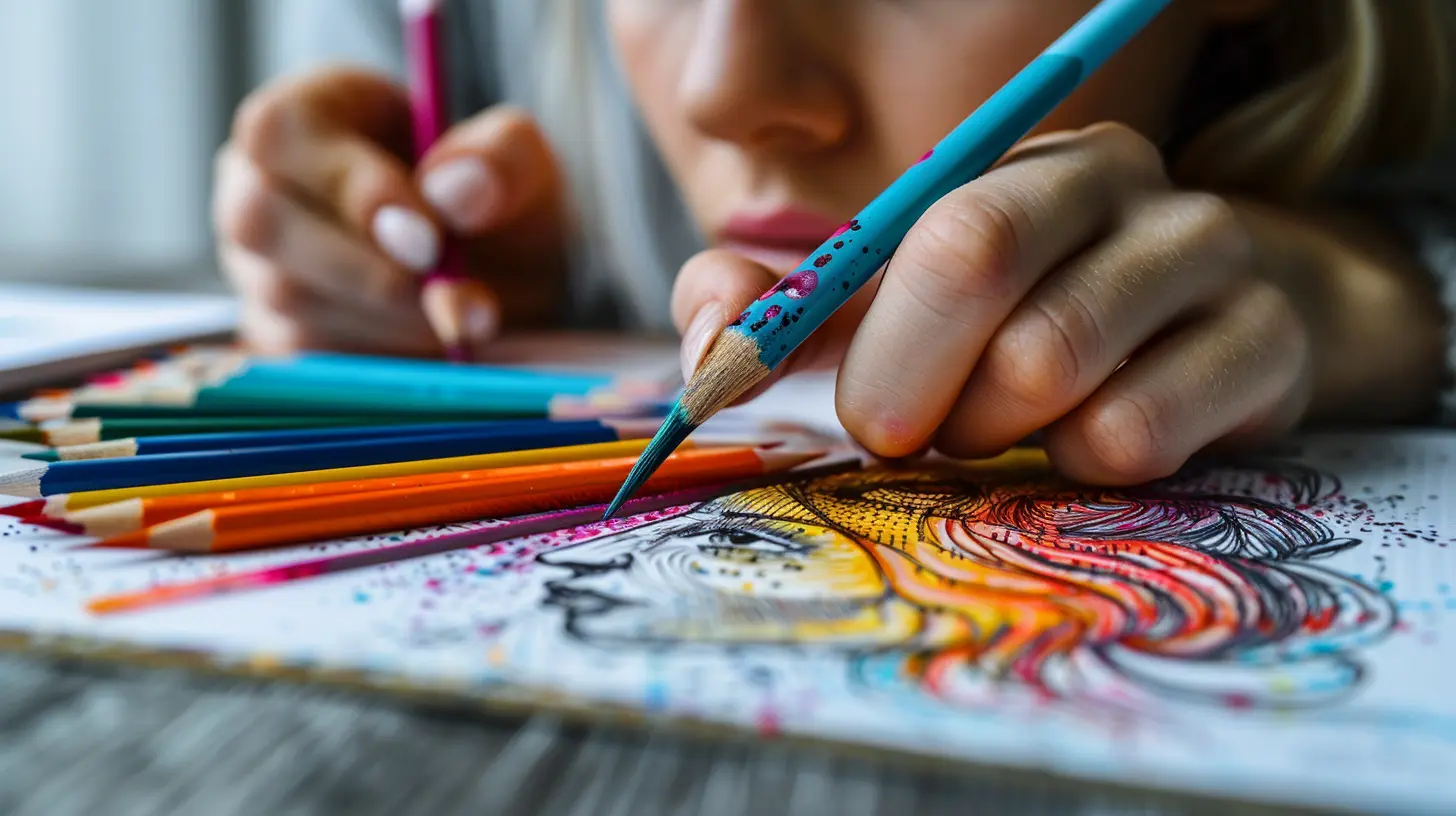
Why Creativity Matters in Science (And Vice Versa)
The idea that science is only for logical thinkers while art is for dreamers is a huge misconception. In reality, creativity is vital in both fields.Science Needs Creativity
Think about it—scientists constantly need fresh ideas to solve complex problems. Without creative thinking, we wouldn’t have groundbreaking discoveries like Einstein’s theory of relativity or the structure of DNA. These breakthroughs happened because scientists thought outside the box.Many scientific advancements also rely on visualization. Imagine trying to understand quantum physics without the help of diagrams and artistic representations!
Art Benefits from Scientific Methods
On the flip side, artists often use scientific principles to refine their work. Photographers rely on optics and light physics, architects use engineering and mathematics, and digital artists work with computer programming. Even traditional painters need to understand color theory, which is grounded in science.Without science, many art forms wouldn’t exist—think of photography, animation, and even music production!
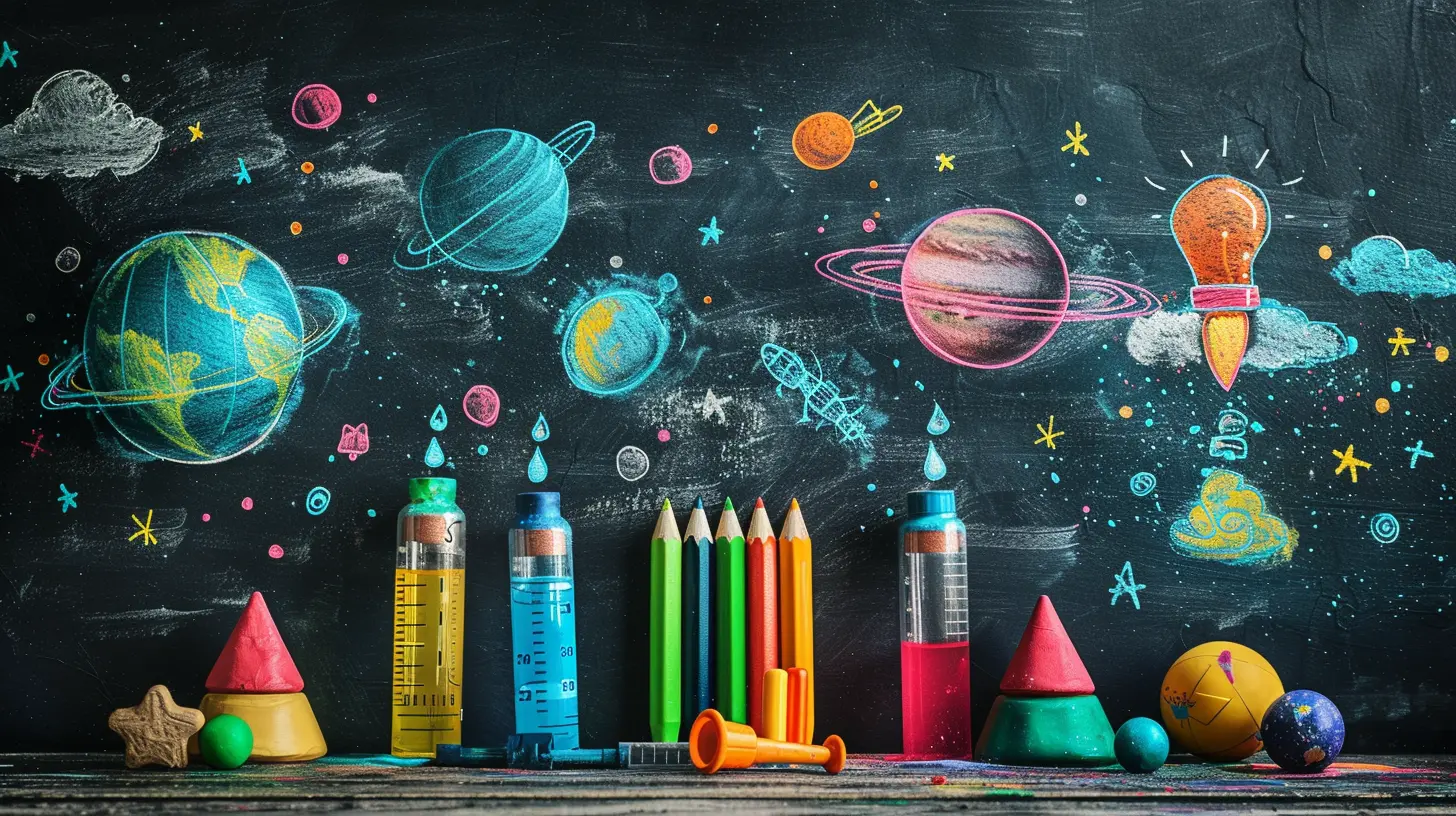
Encouraging Cross-Disciplinary Creativity
So, if art and science work so well together, why do we separate them in education and professional fields? It's time to encourage more collaboration between these disciplines.Breaking Down Silos in Education
From a young age, students are often asked to choose between science and the arts. This division limits potential and discourages innovative thinking. Instead, education should foster interdisciplinary learning.How can we do this?
- STEAM Education (Science, Technology, Engineering, Arts, and Mathematics)
Schools should embrace STEAM rather than just STEM to recognize the value of artistic creativity in scientific learning.
- Project-Based Learning
Imagine a classroom where students work together on projects that blend science and art—perhaps designing eco-friendly architecture or creating interactive biology visualizations.
- Encouraging Creative Problem-Solving
Whether it's designing robots that mimic animal movements or using AI to create paintings, interdisciplinary approaches lead to exciting innovations.
The Role of Technology in Bridging Art and Science
Modern technology makes it easier than ever for art and science to merge. Fields like bio-art, generative design, and scientific visualization are pushing the boundaries of creativity and discovery.- AI and Machine Learning in Art
Artists are now using AI to create stunning, data-driven pieces that challenge traditional artistic boundaries. Google's DeepDream, for example, uses neural networks to generate surreal digital art.
- Virtual and Augmented Reality in Science
Scientists use VR simulations to explore medical research, space exploration, and even archaeology. These tools enhance both education and creativity.
- 3D Printing and Bioengineering
The intersection of technology and design has led to amazing innovations like bio-printing organs or 3D-printed sculptures based on mathematical formulas.
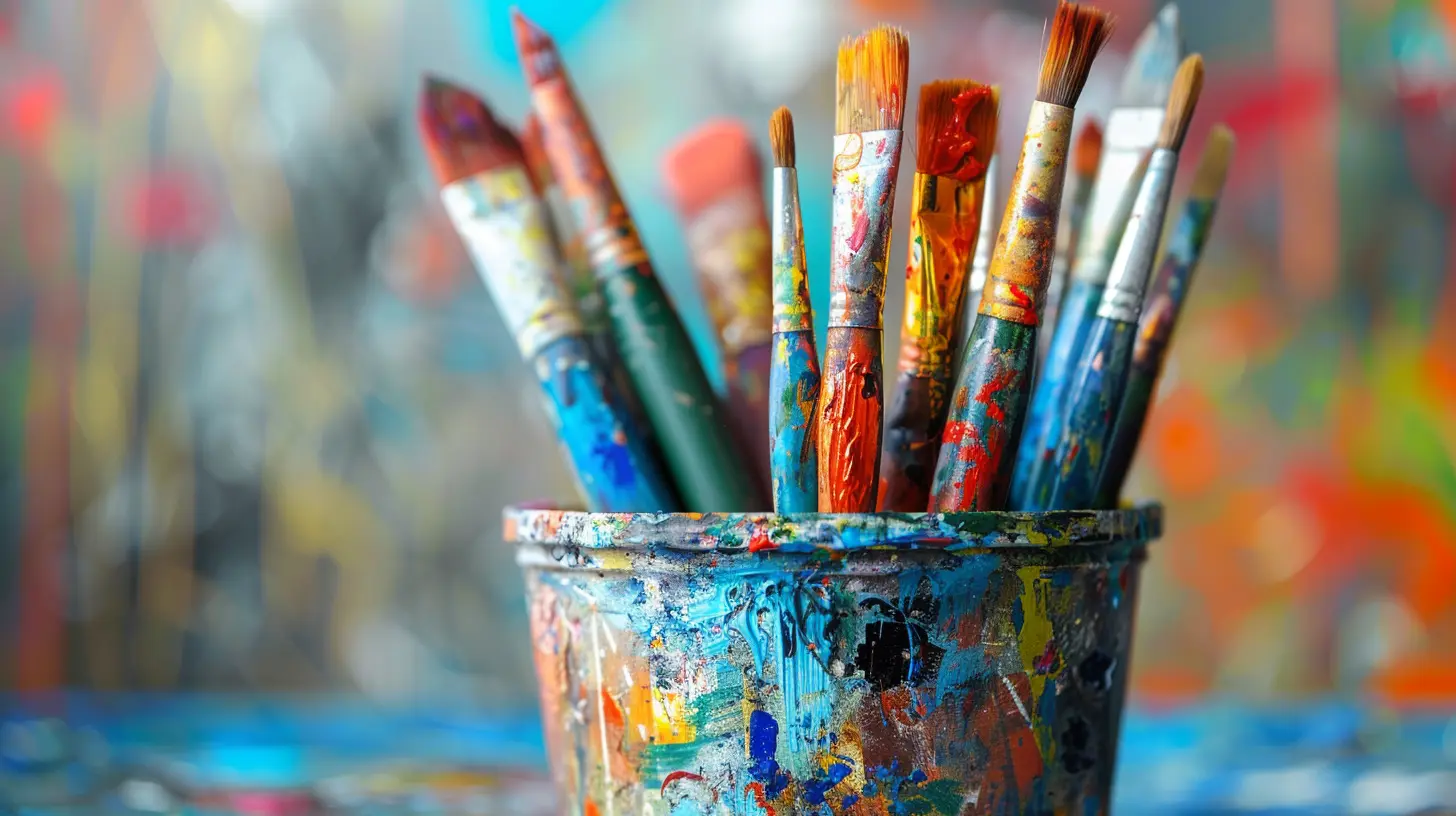
Famous Modern Collaborations Between Art and Science
Still not convinced that art and science go hand in hand? Here are some amazing modern collaborations proving otherwise:The MIT Media Lab
This research lab brings together artists, engineers, and scientists to create futuristic technology. From interactive installations to wearable tech, their work blurs the lines between disciplines.NASA’s Artist Collaborations
Even space exploration embraces the importance of art. NASA has worked with artists to visualize exoplanets, create music compositions based on cosmic data, and produce breathtaking space-inspired paintings.Björk’s Biophilia Project
Icelandic musician Björk combined music, biology, and technology in her album Biophilia, creating an immersive learning experience about natural sciences through artistic expression.How You Can Foster Cross-Disciplinary Creativity
Whether you’re a student, educator, scientist, or artist, there are plenty of ways to embrace the intersection of art and science in your own life.For Students and Learners
- Don’t be afraid to take courses outside your field. An engineering student can benefit from an art class just as much as an art student can benefit from coding.- Experiment with creative ways to present scientific ideas—think infographics, animations, or even storytelling.
- Participate in hackathons or design challenges that encourage interdisciplinary collaboration.
For Educators
- Encourage students to work on projects that merge art and science.- Introduce more hands-on experiences, like museum visits, creative workshops, and maker spaces.
- Highlight historical and modern figures who blend both disciplines.
For Professionals
- Collaborate with people outside your industry to gain fresh perspectives.- Stay curious—attend workshops, read books, or listen to podcasts that cover different fields.
- Use design thinking to approach problem-solving in new and creative ways.
Conclusion
Art and science aren't rivals—they're partners in innovation. When we bridge the gap between the two, we unlock endless possibilities for creativity, discovery, and problem-solving. The world’s greatest minds, from Leonardo da Vinci to modern-day pioneers, have thrived by blending these disciplines.So, instead of keeping them separate, let’s encourage more collaboration, education, and open-minded exploration. Who knows? The next big breakthrough might just come from the intersection of art and science.
all images in this post were generated using AI tools
Category:
Creativity In EducationAuthor:

Eva Barker
Discussion
rate this article
1 comments
Tank Cantu
This article beautifully captures the synergy between art and science, highlighting how cross-disciplinary creativity fosters innovation. Embracing diverse perspectives not only enriches both fields but also transforms education, inspiring students to think critically and creatively. Bridging these disciplines is essential for future problem-solving.
July 24, 2025 at 11:43 AM

Eva Barker
Thank you for your insightful comment! I'm glad you resonated with the idea that bridging art and science fosters innovation and inspires creativity in education.
